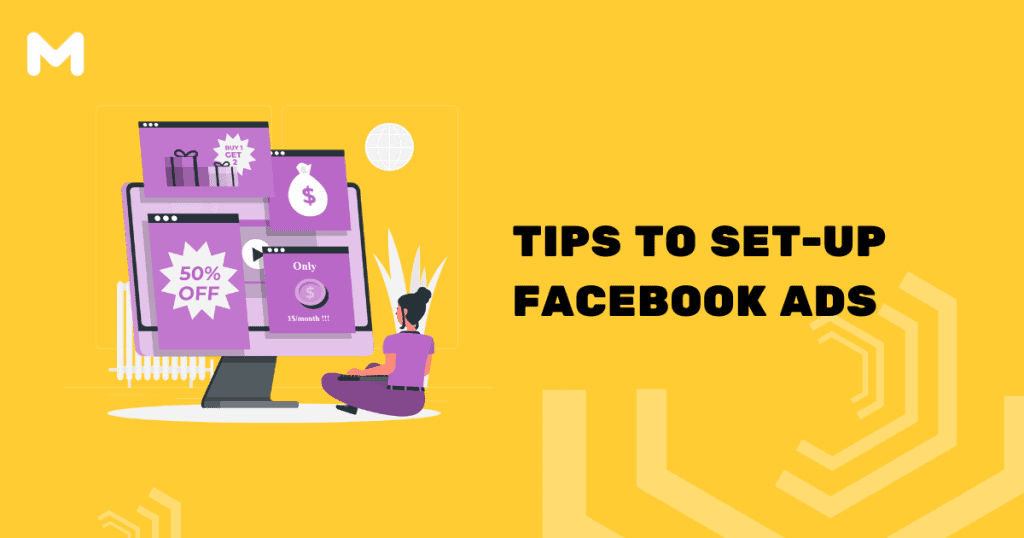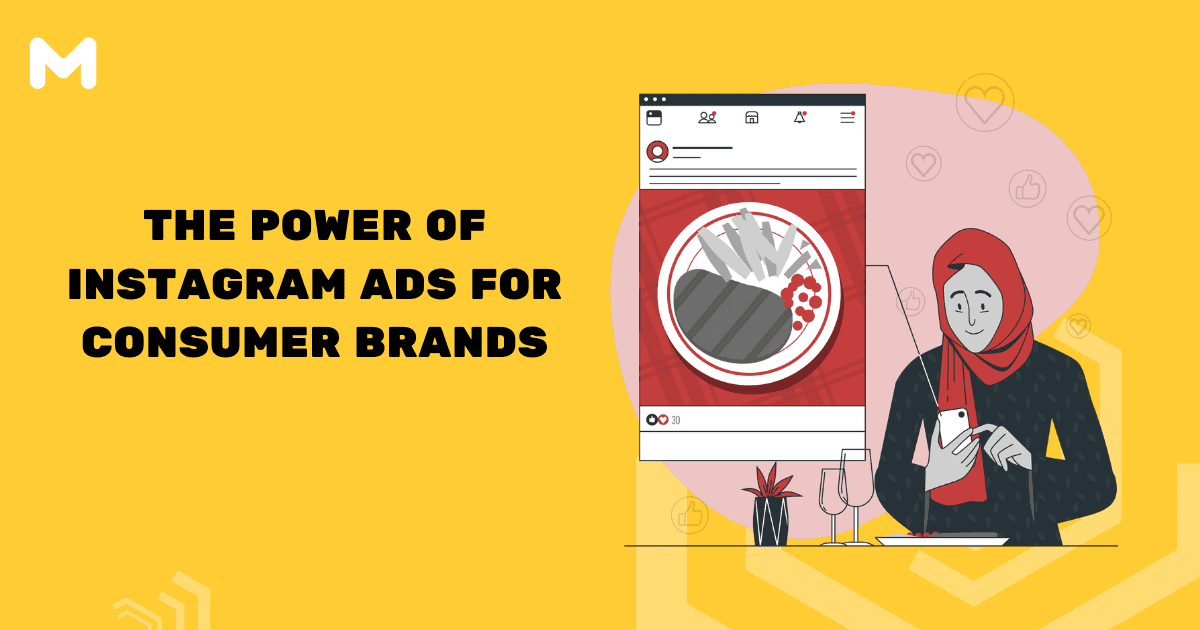How You Can Set-up Facebook Ads – MECACA Guide to Step by Step Process
Even with new platforms emerging every year, Facebook has strived to stay relevant to marketers and businesses. Over the last decade, Facebook Advertising has been the most used social media platform for businesses to thrive and prosper.
Whether you’ve dabbled with Facebook ads before or you’re creating your first Facebook ad, looking at Facebook ad examples is one of the best ways to get your creativity and direction flowing. Now let us guide you through the step by step process on how you can set-up Facebook ads.
Start Planning and Optimization Process
- Identify The Performance Indicators
- Create A Strategy
- Create Amazing Ads
- Measure The Results
- Optimize The Campaigns
Identify Your Performance Indicators
Always start with clear goals in mind. You must be clear about the desired outcome for the money and effort you’re going to invest in Facebook Advertising. Wrong intention will only cost you money and blindly throwing money on your ads will not give you the desired results.
Be clear on what you want from your marketing campaign:
- To acquire new customers
- Showcase products or services
- Build a community of followers and fans
- Increase awareness of the brand
- Showcase the company’s culture
You need to agree on a single goal so that you know what you are working toward. Benchmark the supporting metrics. These are the numbers that will help you work toward the final goal. We will usually start with the following:
- New visitors to the site
- The cost of acquiring unique visitors to the site
- The number of sales
- The cost of acquiring sales
- The conversion rate of new visitors to sales
Identify Your Target Audience in Facebook
You want to deliver your message to the right people. After all, your product or service is not made for everyone. Identifying your target audience is very important. Begin to segment your audience into groups like gender, age, sales funnel position, location or marketing channel, and then find ways to direct messaging to these demographics.
Find out the unique features about your product or service. It allows you to craft an ad copy that stirs emotion and provokes a reaction. It’s about visualizing where customers will be in their buying cycle and understanding their day-to-day challenges and difficulties. What is their greatest pain and how can you help them?
By carefully looking at the targeted people in your audience you can make sure you don’t throw marketing budgets away by blindly advertising in the wrong place. Your goal is to show ads to the people most likely to convert and buy the product.
Make sure you have set up Google Analytics, your GA goals /eCommerce tracking and Facebook Pixels.
Start with Facebook or Instagram?
You don’t! Also, that doesn’t mean you should guess, either.
Set up tracking and test different marketing channels. You’ll find that the numbers will start to point to a specific channel that is working well and where to make your best strategic investment.
Campaign Structure and Build
There are loads of different ways to structure a campaign, and it depends on the campaign objectives. Your campaign structure should help you manage, test and scale a campaign. The naming convention you choose is going to really help you manage them as they scale. By structuring an account like this, you can quickly segment, group and report across multiple campaign types.
Some examples of a good campaign structure examples:
- Campaign: Break Out By Objective: Awareness, Consideration, Conversion.
Ad Sets:Segment By Geo: KL, Johor, Penang, Kota Kinabalu
Ads: Ad Type: Carousel, Link Post, Dynamic Product Listing, Video - Campaign: Break Out By Campaign Type: – Reach, Lead Gen, Catalog Sales, Traffic.
Ad Sets: Segment By Interest: road bicycle, bicycle, cycling
Ads: Specific Messaging: Fathers Day, Remembering Special Memories, Sports Gifts, Special Offers. - Campaign: Break Out By Geo: KL, PJ, Johor, Penang, Kota Kinabalu
Ad Sets: Segment By Objective: Awareness, Consideration, Conversions.
Ads: Creative: Video, Product Specific, Lifestyle, Family. - Campaign: Break Out By Product or Service: Custom Hand Made Seat, Hybrid Bike, Custom Road Bike.
Ad Sets: Segment By Interest: road bicycle, bicycle, cycling
Ads: Specific Messaging: Fathers Day, Remembering Special Memories, Sports Gifts, Special Offers.
This is the checklist we go through for every ad you make.
- Does the ad copy match the message on the landing page?
- Do the images and video support the main message of the ad copy?
- Is the language clear, concise and direct?
- Does the messaging work across different devices?
- Is the unique selling point clear?
- Does it demonstrate a compelling reason to click on the ad?
- Does the main message of our ad stand out?
- Does the primary call to action stand out?
- Is it clear what a customer should do next?
- Is there reassurance given about the company’s credibility?
- Is there evidence of happy clients?
- Does a neutral third party provide further reassurance?
- Are there any reasons to respond quickly?
- Are availability levels visible?
- Is there an advantage to responding now compared to later?
- Have we included relevant hashtags?
Measuring The Results of Your Campaign
Your reports will depend on your strategy and data. Have you got a robust tracking strategy in place? The most important objectives like a sale are macro conversions. The smaller objectives that lead to a macro conversion are micro conversions. Make sure you review the attribution window. We at MECACA Global Network suggest using a 1 Day View and a 30 Day
Click for acquisition campaigns, but for Remarketing we only measure 30 Day Click. We keep things very simple and usually create a custom dashboard on Facebook to measure performance. At the top level we look at the:
- Relevance Score
- Cost
- Volume of Results – Macro conversions
- Cost per Result
- Micro conversions
We’ll also look at supporting metrics like;
- Cost per Click
- Clicks
- Engagement
- Impressions
Optimizing Your Campaigns
The system is simple. If the campaign is hitting the performance objective, increase the budget. If you have a broad audience, for example, you are targeting a state or province segment that audience into cities and again scale the budget while it performs within our benchmarks.
If campaigns are not working, segment them and try to understand why. Wash and repeat. If you are maximizing the performance of the campaign and have an excess marketing budget – test. Setup tests to find new opportunities to scale the campaign further.


